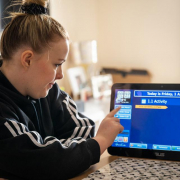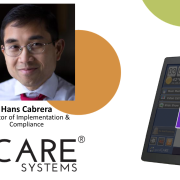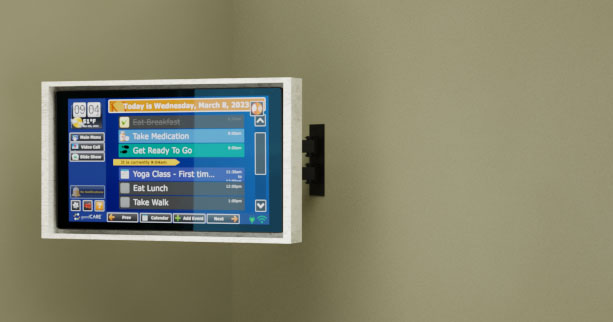Funding a Technology-Based Service Delivery Model: ID/DD Providers
As a provider interested in serving more people with intellectual and developmental disabilities, you are now seriously considering a shift to a technology-based service delivery model. So, here’s the million-dollar question: how do you get funding for it?
Look into paying for it via a Medicaid waiver. One provider charged $1,000 a month per person living in a smart home powered by GrandCare technology, and was able to get 90% of the fee reimbursed through a waiver, with the rest supported through fundraising and grants. Of course, waivers might be different where you operate, so find out what your state provides. For instance, look for phrases like “assistive technology” on your state’s list of waivers from the Medicaid website. To get answers to all of your waiver questions, it can be very helpful to talk directly with someone from the state, e.g. the county board, or service and support administration.
There are times when a waiver is not currently available in a state, in which case a grant may be the way to go, at least initially. Your state might be offering grants for projects as innovative as what you’re thinking of doing, especially if benefits have been seen in other states. With this funding, you can run a small pilot that not only provides your organization with the evidence for the effectiveness of your technology-based service delivery model, but also paves the way for the state to develop a long-term waiver.
The lack of a waiver did not stop one provider from shifting to a technology-based service delivery model. With private pay, they ran a pilot that ultimately demonstrated that they can reduce in-person support hours while demonstrating better outcomes for their residents: greater success in doing their ADLs independently, and greater satisfaction. Now, their state’s director is eager to connect with other states’ directors to explain the benefit they’re seeing. This is because it can be eye-opening for a state agency to learn that under a technology-based service delivery model, staff are not being removed from a situation, but simply interacting in a different way; they can actually be there more often, via virtual means!
LADD, Inc., a Cincinnati-based disability support provider, was able to safely reduce in-person support hours by 75%, cutting the total cost of support for residents in half.
Your technology-based service delivery model can save the system hundreds of thousands of dollars while still providing you with the margin you need to provide your service. And yes, you’ll be able to provide service to more people, which is why we’re in this in the first place.










